Pongal is mainly celebrated in the Indian states of Tamil Nadu and Kerela. It is celebrated to thank and show gratitude to the Gods and Mother Nature for the bountiful harvest. Pongal celebrations stretch up to 4 days. It generally falls between 14th to 17th January each year. The festival of harvest is celebrated in most of the Indian states but they have different names for it and the ways to celebrate these occasions also differ. However, in almost all the states the Sun god, the Indra – God of rain and nature is worshipped.
Why do people celebrate Pongal?
The Pongal festival has relation with ancient times, from 200 B.C. to 300 A.D so to say, most probably from the Sangam Age. One can also find mention of Pongal as the Dravidian harvest festival in various Sanskrit scriptures.
It was during that time that the young maidens with strict penance pray to the gods to have a plentiful harvest. The penance includes observations like, speaking politely and stay refraining from the use of evil words, not to oil their heads, avoiding milk and other dairy products, and obviously an early morning bath. They used to pray to Goddess Katyayani and brought an end to their penance after there was enough harvest. It was believed that performing such penance must bring rains which would lead to abundant crops.
Such observations and traditional norms in the earlier past gave rise to the celebration of the festival of Pongal. There is found traces of various instances when the kings used to gift lands to the temple for the celebration of the Pongal festival. Here In this article there is everything you need to know about Pongal. Let’s carry on illustrating it in a rapid pace.
Also Read: Makar Sankranti 2023
As you are born in India, you have the opportunity to find various reasons to celebrate the warmth of life! The diverse culture exiting here is probably the reason behind it. The entire calendar of India is packed with colorful festivals round the year. To your utmost surprise, even if we are not done with only one, the preparation for the next festival starts then and there in a moment.
Having just completed numerous celebrations we have entered into New Year 2023. Falling in the very first month of the year, Pongal undoubtedly is the festival that gives a great kick start to a bubbling year ahead.
One of the most adored festivals in the Southern part of India, Pongal, is a four-day festival going on since time immemorial is celebrated predominantly in the states of Andhra Pradesh, Tamil Nadu and Karnataka. It is one of the most colorful festivals of India. It hints at the coming of the month of Makara, that signals the entry of the Sun into the Uttarayana, the north hemisphere. There are many people who celebrate this occasion as a harvest festival as harvesting is done for crops like rice and sugarcane at this very time.
Also Read: Vasant Panchami 2023
In this year 2023, Pongal starts on Sunday, 15th January and ends on Wednesday, 18th January respectively.
Types of Pongal Festival in India
- Bhogi Pongal
- Thai Pongal
- Mattu Pongal
- Kaanum Pongal
Every day of the four-day celebration is marked by a different festival and traditional rituals. There are four types of Pongal being celebrated in India named Bhogi Pongal, Thai Pongal, Mattu Pongal and Kaanum Pongal.
What is Bhogi Pongal
The annual festival starts with the very Bhogi Pongal. This day is dedicated specifically to the rain god Lord Indra. Since this is the time of harvesting, it is the customary ritual to worship the deity of rains for good rains that if showered well bring life into the plants and helps to yield good harvest in a possible manner. Devotees sing and dance praising Lord Indra as part of the colorful festivities. Bonfires are made too of agricultural wastes.
Thai Pongal
This is the main day of the festival and is really regarded as an exceptionally important occasion. Thai Pongal is the first day of the sun in Uttarayana. So, it is named as Surya Pongal or Sun Pongal. A Kolam, a design drawn by the females in the house using lime powder just like rangoli, is made at the entrance of the house. During the day, rice is cooked with milk and sweets in a pot which is offered to the Sun god along with sugarcanes, coconuts and bananas. This dish is named as Pongal too.
Mattu Pongal
On this day, people go on worshipping the cattle, especially cows as these animals have long been considered as symbol of utter fertility and prosperity in every traditional Hindu household. The cows are worshipped as means to ensure the shower of wealth and good fortune in life as a new season advances. In the distant past, the cattle that ploughed the lands for human beings whose efforts enabled to yield excellent harvest during Pongal time. So, the cattle are worshipped along with the gods as a symbol of utmost gratitude and ardent devotion. On this auspicious day, cattle are neatly decorated with bells, flower garlands and other accessories. People begin performing arti to worship them.
Kaanum Pongal
The last day of the festival, Kaanum Pongal brings an end to the conclusion of the festival. On this particular day, women pray for the welfare of their families and the families of their brothers’ households. Arati is done and holy water is sprinkled on every corner of the residence and outside it.
Significance of Pongal
According to Hindu scripture, Pongal is a very auspicious festivity. Its timing is considered most sacred religious occasion of the year. The significance of the festival is that the Sun has finished its movement through Dakshinayana and is ready to enter in the Uttarayana. This means the Sun is in due course regaining his power which was in a feeble state during his journey towards the south hemisphere or Dakshinayana. In terms of seasons, Pongal hints at the arrival of the Spring-Summer season when it gradually picking up warmth. This is why Pongal is considered highly auspicious for beginning new things.
It is the day when the devotees express gratitude for the gifts they want to grab in their lives, like good food and a bubbling family filled with mirth. Much time is spared in colorful festivities on the Pongal days. The Pongal season is also the time when people go out for shopping and spend enough amounts. This is the reason why film stars choose the period of Pongal as the very occasion for the release of their films.
Pongal and Sankranti
Undoubtedly Pongal and Sankranti are the same festivals or auspicious occasions. Pongal is a harvest festival and was a later addition.
Traditionally it is the Pongal occasion that marks the entering of the Sun into Uttarayana, which means the deliberate taking leave of the winter season and the advent of the Spring-Summer months. Sankranti is the particular point when the Sun transits from one zodiac to another. While such transition to a different zodiac is all the time called technically a Sankranti, the word Sankranti has a colloquial meaning that is Makar Sankranti, which marks the Sun transiting to Makara Zodiac. The name Makar Sankranti is very often used in the northern parts of India.
Story of Pongal festival
Pongal has its inception in ancient Hindu scriptures. There are two stories associated with the festivity of Pongal. One story tells us that once Lord Shiva asked His bull, Basava, to descend on Earth and teach humans how to lead their lives well. Shiva wanted human beings to eat once a month and to go for an oil bath every day. But Basava messed the message.
He came back and put the matter before Lord Shiva that humans should go to eat daily and have oil baths once in a month. This message annoyed Lord Shiva. He exiled Basava on Earth forever and asked him to take up the task of ploughing the fields to produce enough food for the humans. Due to this reason people began worshipping cattle on this Pongal day.
Also Read: Sakat Chauth 2023
Other story tells that Lord Krishna once became angry with Indra, the rain god. He asked the villagers to stop worshipping Indra. Being highly enraged Indra lashed the village with rains and thunderstorm. Krishna came forward to save the villagers. He lifted the Govardhan Giri (mountain) easily and held it high with His little finger. Thus He shielded the village from the lashes of thunder showers. Indra was embarrassed and was forced to accept the supremacy of Lord Krishna.
These two anecdotes reflect the steps taken by humans as part of gradual social evolution. First, they learned how to domesticate animals, and then they came to know how to tame natural disasters through inundation. Both the activities enabled humans to harvest enough grains to sustain them round the year. Hence the Pongal Festival has secured its place in the history of Indian festivities to beckon total well being of the human beings.

















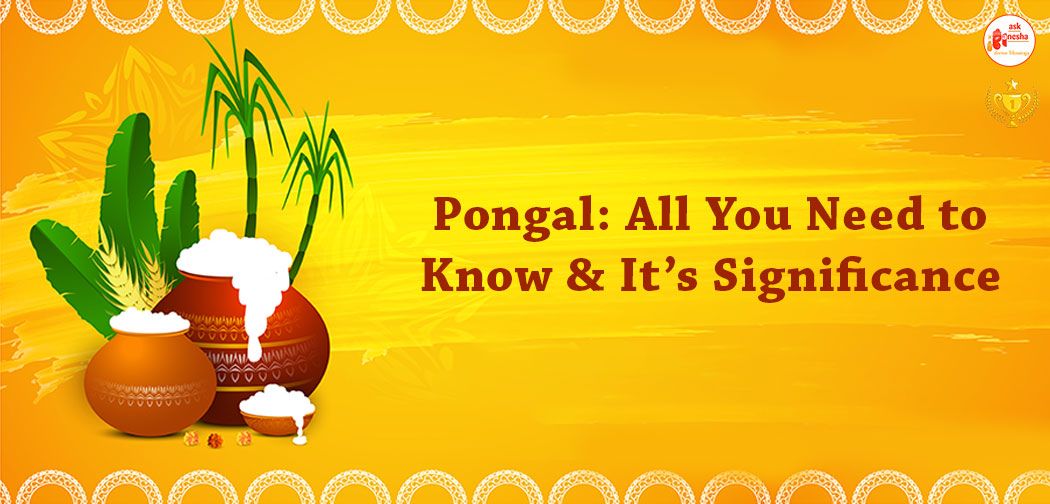
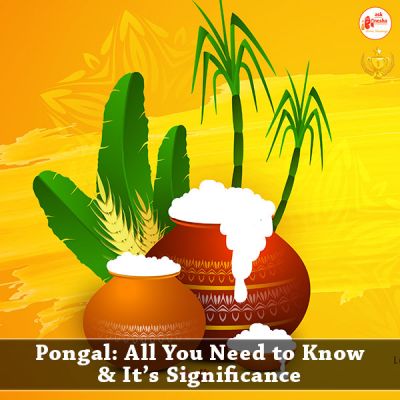



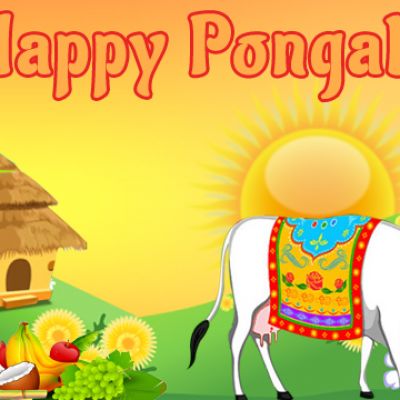

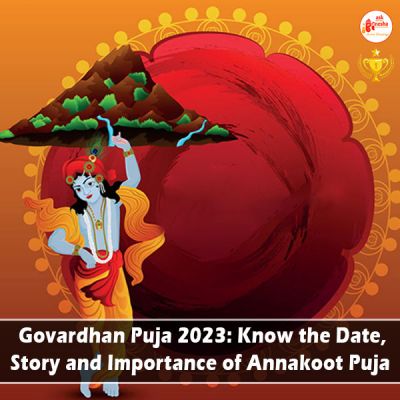
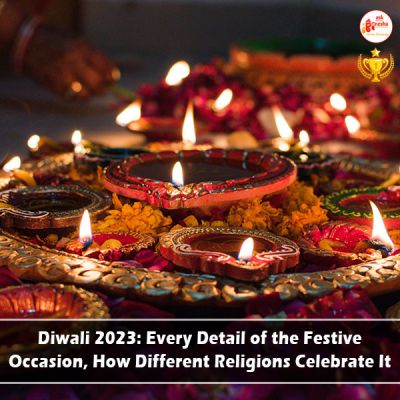

 Translate
Translate